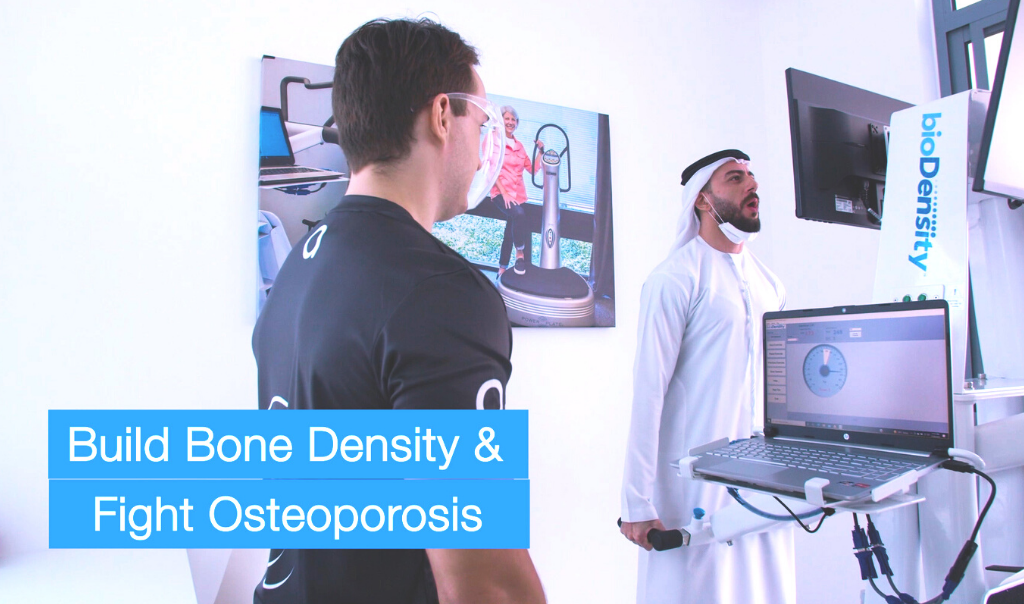How to Maintain the Musculoskeletal System as You Grow Old

Musculoskeletal disorders have become much more prevalent during the past decade all across the world. The frequency of these conditions is even significantly high in countries with aging populations. Although advances in medical care have increased the overall expected lifespan, the quality of life for many senior individuals has declined. The scenario is no different for youngstersthese days.
To prevent musculoskeletal disorders, you must first understand what musculoskeletal system is and why musculoskeletal disorders are so widespread in the elderly.
What exactly is the musculoskeletal system?
Your musculoskeletal system includes bones, muscles, joints, and connective tissues that support and connect different body parts. It is in charge of maintaining the body’s balance. As a result, it is critical to improve your musculoskeletal system right from the stage when you are young.
What happens to the musculoskeletal system as we grow older?
The musculoskeletal system changes over time, reducing the body’s endurance to exercise and making it more vulnerable to injury.
The following are some of the key changes:
- Muscles:
Muscle mass declines with aging (sarcopenia) and is replaced with stiff, fibrous tissue. Changes in the neurological system also reduce the muscles’ ability to contract.
- Bones:
Calcium levels in the bones decrease as we become older. Hormonal changes, such as menopause in women, can also cause a decrease in bone mineral density, increasing the risk of osteoporosis.
- Joints:
The synovial fluid that lubricates our joints gradually decreases in volume as we age. The joints get stiffer as a result. Increased friction also causes the joints to wear out considerably more quickly.
What to do to avert the risk and impact of musculoskeletal disorders?
Fortunately, you can reduce the severity of a musculoskeletal disorder by making a few lifestyle changes. Keep your musculoskeletal system in good health by following these guidelines.
- Exercise
Physical inactivity is the prominent cause of musculoskeletal disorders. Fortunately, regular exercise can help to reduce the severity of age-related changes. Physical activity can strengthen bones, reduce muscle deterioration, and enhance balance and coordination.
- Healthy eating
Your body can no longer tolerate unhealthy snacks as well as it once could. Furthermore, eating good, wholesome foods refreshes your body and provides it with the resources it requires to stay strong.
- Be conscious of your movements
Your posture can affect the general health of your musculoskeletal system. Make sure you’re not sleeping in an uncomfortable posture. Avoid overextending your joints and making quick motions.
- Regular physical examinations
If you’re over 65, ask your doctor about bone density testing.
How can bioDensity help improve the musculoskeletal conditions?
For people who need to enhance bone mass and muscle strength without the risk of conventional exercise, bioDensity offers the best preventative and conditioning exercise solution. It’s a non-drug approach for improving strength, bone density, and musculoskeletal system regulation.
To perform traditional resistance training, you must pick up a weight or move a bar attached to a weight stack and apply force to the body. There is a possibility of injury during the range of motion. But with bioDensity stimulation, you create the load. So, no matter how hard you exercise, the weight you carry is never more than it should be. Moreover, the bioDensity process takes about ten minutes to complete.
Its solution provides thorough muscle and skeletal stimulation and precise performance measurement that no other known form of exercise can match.

